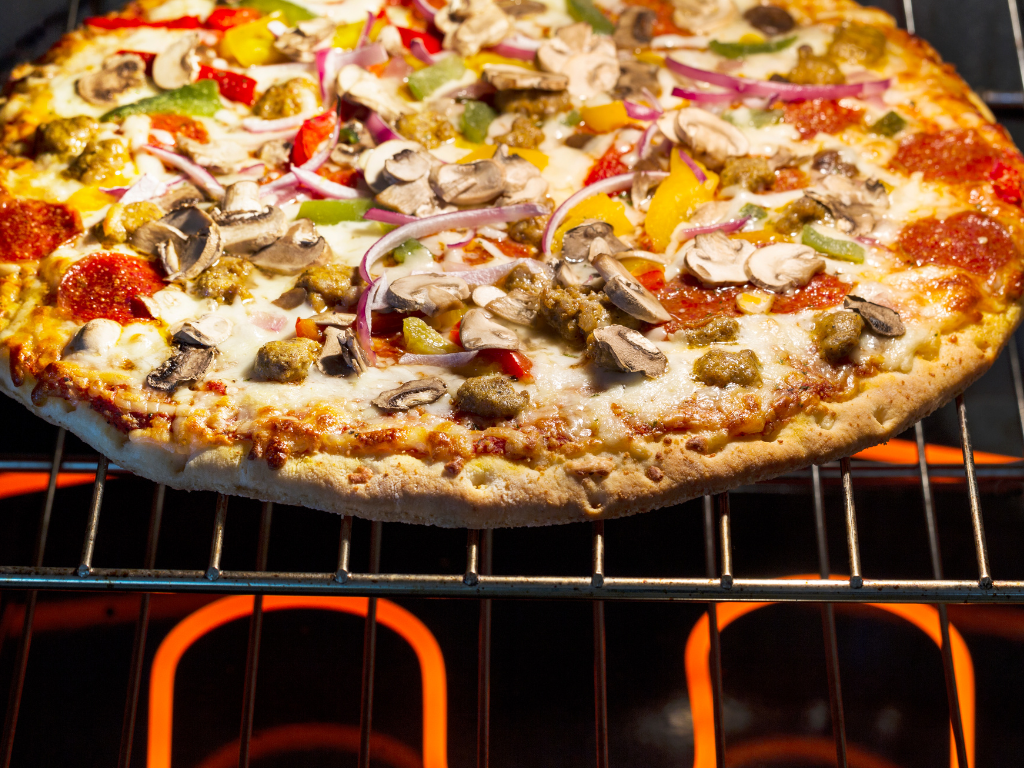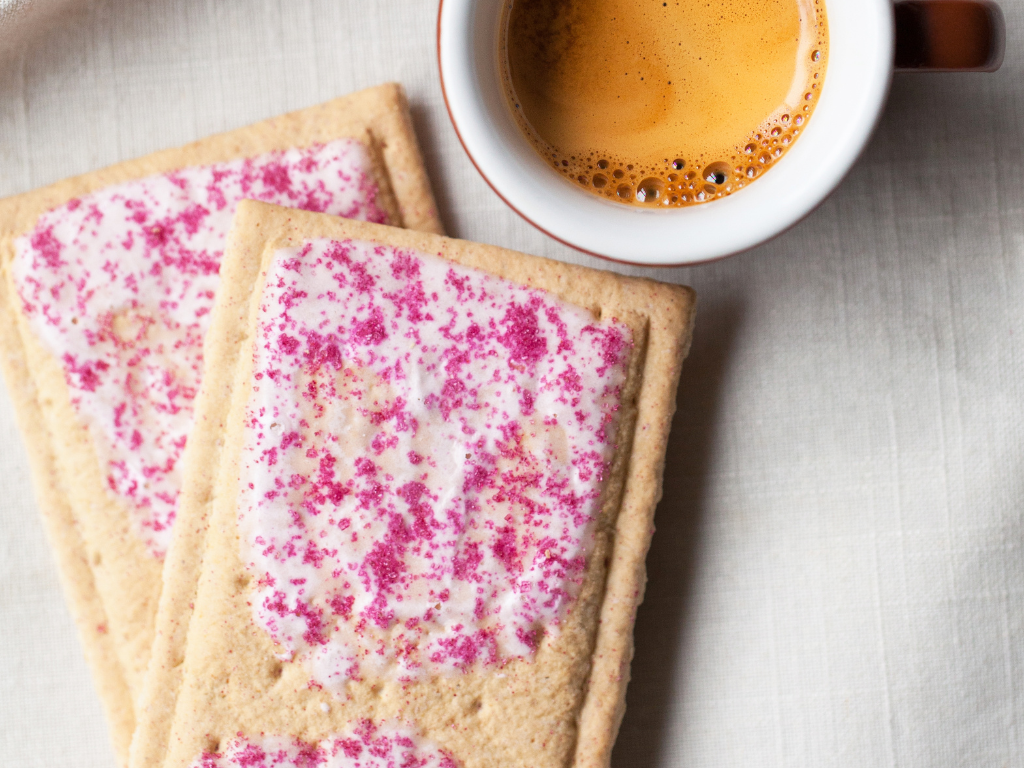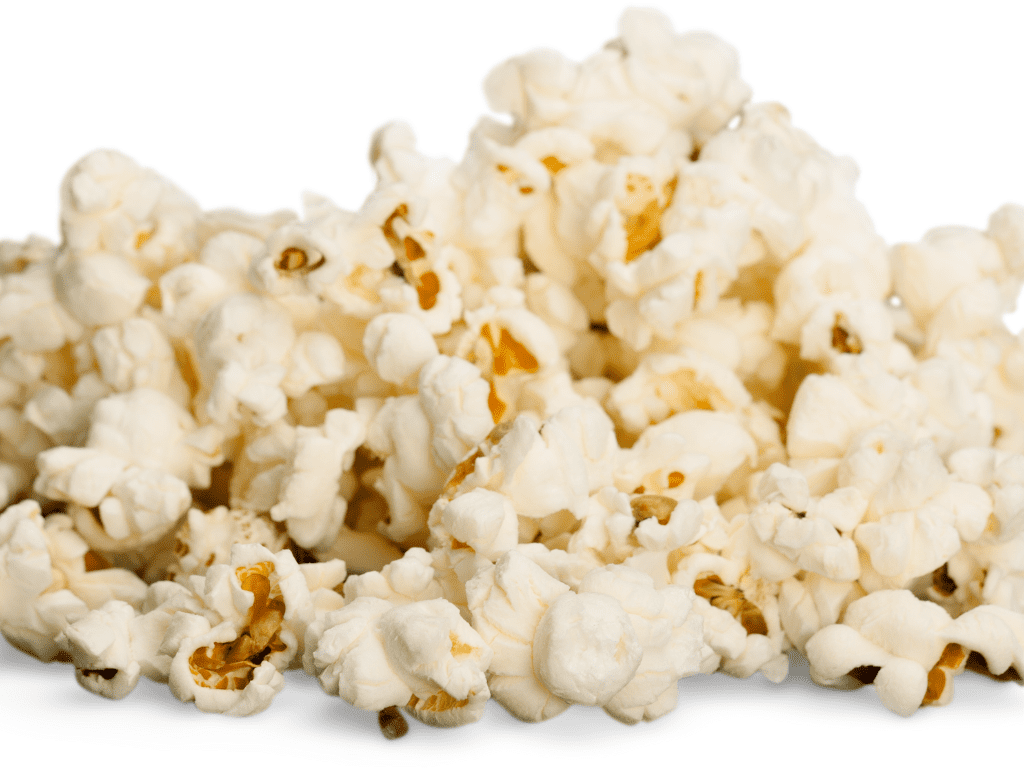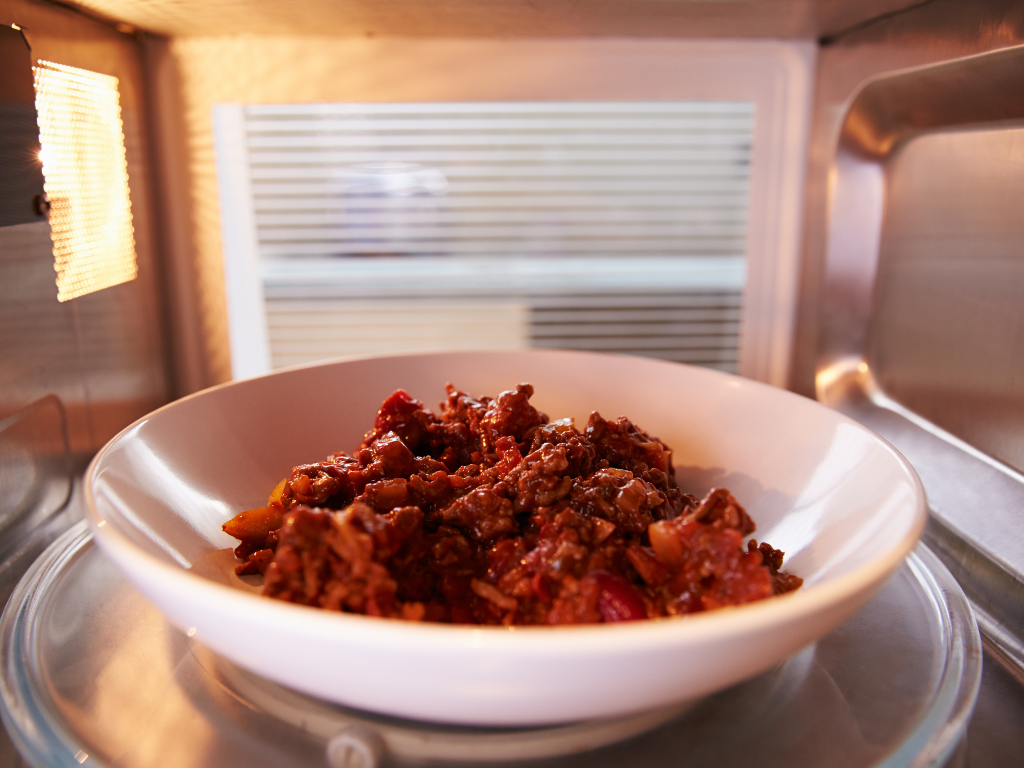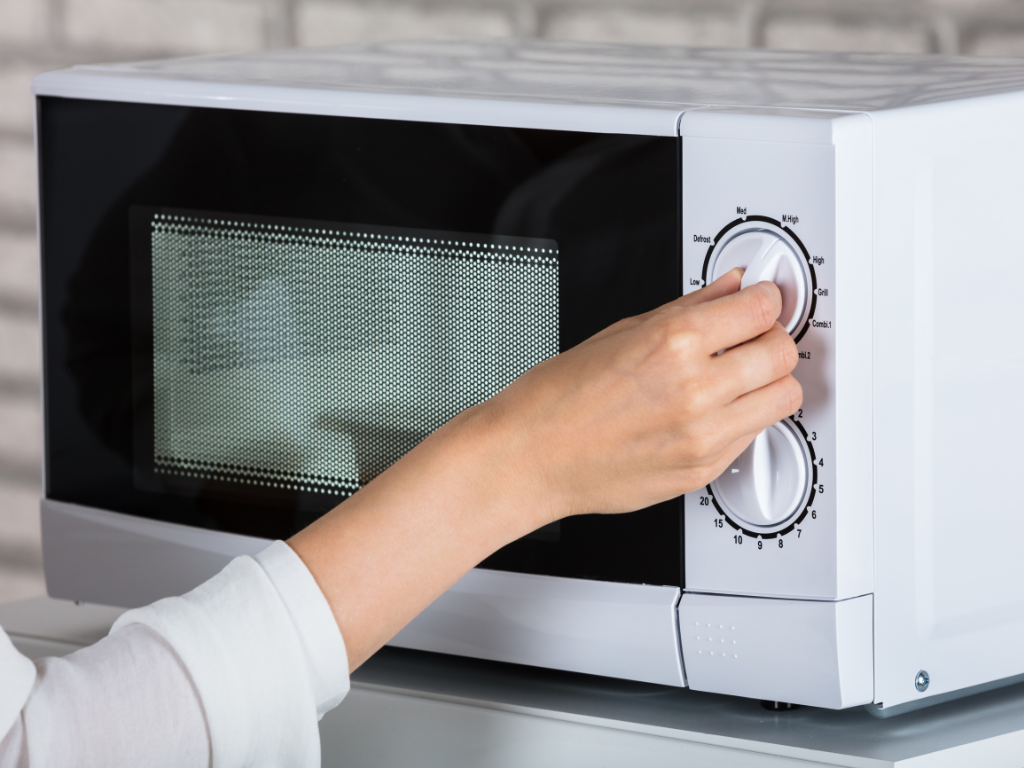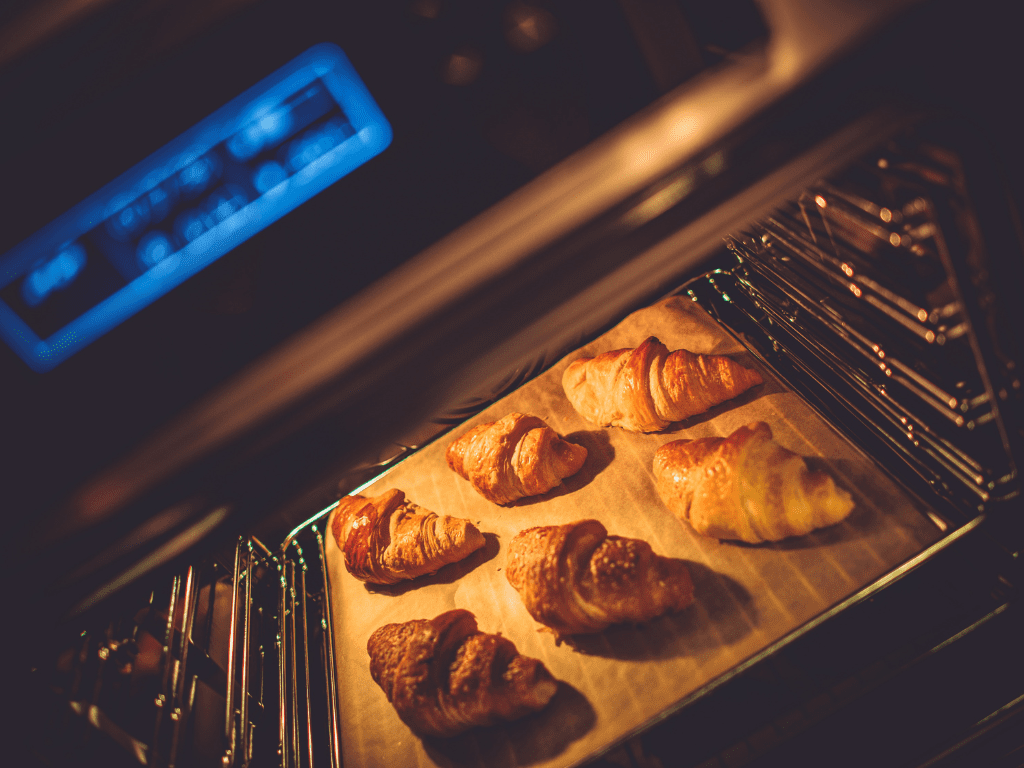
Vanilla is grown within 10-20 degrees of the equator. Most vanilla beans available today are from Madagascar, Mexico and Tahiti.
As with wine, chocolate and coffee, vanilla from each country has its own distinctive flavor profile and characteristics, owing to the different climates, soils, curing methods and vanilla species. For instance, vanilla from Madagascar has a creamy, sweet flavor. Mexican vanilla is known for its hint of spice, along with sweet notes and Tahitian vanilla has fruity and flowery attributes.
Vanilla is the most popular and widely used flavor in the world, yet, it’s only cultivated in a few countries and regions. Below you will discover more about five vanilla-growing regions: Mexico, Madagascar, Tahiti, Indonesia and Uganda.
Mexico – The Birthplace of Vanilla
The vanilla orchid (Vanilla planifolia Andrews) originated in Mexico and, for centuries, was the exclusive secret of the native Totonac Indians who were later conquered by the Aztecs. When the Aztec empire fell to Hernán Cortés, vanilla pods were brought back to Spain, thus introducing the flavorful beans to the rest of the world.
Mexico remained the sole growing region for vanilla beans for another 300 years because of the symbiotic relationship between the vanilla orchid and a tiny, indigenous bee called the Melipona. This Mexican bee is the only insect that evolved to pollinate the vanilla orchid flower.
Vanilla beans grow green on the vine and are harvested when the tips begin to turn yellow. The curing process is what gives the beans their characteristic brown color, as well as their flavor and aroma. In Mexico, the curing process involves wrapping beans in blankets and straw mats and then placing them in ovens for 24 to 48 hours.
From that point on, the beans are spread in the sun daily to absorb heat and then placed in large wooden boxes overnight to sweat. Once properly cured, the beans are stored on racks and in conditioning boxes to further develop and mellow the flavor. The entire curing process takes three to six months, making it a very labor-intensive endeavor.
Madagascar – The Discovery of Hand Pollination for Vanilla
Located just east of the southern portion of Africa, the area known as the Bourbon Islands includes the islands of Réunion, Madagascar, Mauritius, Comoro and Seychelles. Hence, when we refer to Madagascar Bourbon, we’re referring to the region and not to the liquor.
Around 1793, a vanilla vine was smuggled from Mexico to the Réunion island. For almost 50 years after its arrival, the growth and production of vanilla was difficult. The vines grew successfully with beautiful blossoms but seldom resulted in vanilla pods.
Without the Melipona bee, vanilla’s indigenous pollinator in Mexico, the flowers were only occasionally pollinated by local insects. It wasn’t until 1836 that Charles Morren, a Belgian botanist, discovered the link between the bee and the plant’s pollination.
In 1841, Edmond Albius of Réunion developed an efficient method for fertilizing vanilla flowers by hand. Eventually, hand pollination was perfected on a commercial scale. Growers could choose the best flowers and properly space them out on the vine, resulting in a healthier and higher quality vanilla pod.
Combined with the hot, humid climate and rich soil, hand pollination by the country’s skilled and patient farmers has enabled Madagascar to become the world’s top vanilla producer in both quantity and quality.
In Madagascar, the curing process is similar to Mexico with one slight difference; the farmers initiate the curing process by immersing the green vanilla beans in hot water for a short time. The farmers then store the beans in sweat boxes before beginning the routine of spreading beans in the sun and packing them away at night. This unique curing process, along with the growing conditions, helps create the distinct, rich and highly complex flavor profile for which Madagascar vanilla is known.
Tahiti – Similar Climate, Different Species
Tahiti, an island in the southern Pacific, has a tropical climate that makes it an ideal location for growing vanilla. In 1848, French Admiral Ferdinand-Alphonse Hamelin brought Vanilla aromatica plants to Tahiti and, two years later, French Admiral Louis-Adolphe Bonard imported Vanilla fragrans plants. These two species were skillfully crossbred during the next few decades, resulting in the plump Tahitian vanilla beans we know today—Vanilla tahitensis.
Tahitian vanilla is cured differently than vanilla grown in Madagascar or Mexico. Mature beans are stacked in a cool place for five to ten days, until they are completely brown. They are then rinsed in clear water, a process unique to Tahiti. Next, over a period of a month, growers expose the beans to the gentle morning sun three to four hours a day.
In the afternoon, they wrap the beans in cloth and store them in crates until the next morning, to promote transpiration. Little by little, the water evaporates, causing the beans to shrink. Throughout this phase, the bean pods are smoothed and flattened by hand, between the farmer’s thumb and index finger. After a month, when the vanilla has received its fill of sunlight, the beans are left for 40 days to dry in a shaded and ventilated spot, which reduces their moisture content.
Uganda – Two Harvests
Uganda is a landlocked country in East Africa with rolling hills and low mountains. It is believed that vanilla was first introduced to Uganda in the 1940s by British farmers.
Unlike other growing regions, vanilla grown in Uganda can be harvested twice a year, in December and in June or July, due to the country’s distinct weather patterns. Although vanilla-pollinating bees do live in Uganda, they are too few and far between to be of much use, so Ugandan beans are hand-pollinated. The beans are best picked when the ends become slightly yellow and split. Then, they go through a blanching, sweating and storing process similar to that of Madagascar.
Indonesia – A High Product Region
Indonesia has become the second largest producer of vanilla behind Madagascar, with production methods that emphasize quantity. Indonesian growers are known for harvesting all the beans from a vine at once, a labor-saving adjustment.
Due to differences in the cultivation and curing process as compared with the other regions, Indonesian vanilla beans offer a sharper, woodier profile. This curing method helps give the beans stability, which is needed for use in high-heat applications. Oftentimes Indonesian beans are blended with vanilla from other regions.
Nielsen-Massey Sources Vanilla from Several Countries
Nielsen-Massey sources vanilla from the world’s primary vanilla-growing countries: Madagascar, Mexico, Tahiti (including French Polynesian Islands), Papua New Guinea, Indonesia, India and Uganda. Searching the globe for the highest quality vanilla to create our products has always been a core value of Nielsen-Massey Vanillas.
However, making the world a better place for vanilla farmers to live ranks even higher. We’re proud to be a leader in improving the overall health of the vanilla industry, with a particular emphasis on improving economic prospects for the farmers and their families who make the industry possible. Read our 2018 Sustainability and Corporate Responsibility Report for more information about the sustainability projects Nielsen-Massey is involved in.
What is better Tahitian or Madagascar vanilla beans?
There are subtle flavor differences between the beans of the two famous growing regions, Madagascar and Tahiti. The Tahitian bean has a mellower, richer and sweeter note to it, whereas the Madagascar vanilla bean has an earthier, woodsy & balsamic note.
The most common way to purchase vanilla is in its ground form as vanilla extract. Vanilla extract is made by combining vanilla beans with alcohol and water. According to the USDA’s Nutrient Database, one teaspoon of pure vanilla extract contains 47 calories and no fat or carbs. It also contains 0.2 milligrams of iron, 0.
Which is better for baking, a vanilla bean or vanilla extract?
Vanilla extract is a concentrated version of vanilla beans, and much of the flavor is extracted in the process of making it. If you’re considering buying vanilla beans to make your own vanilla extract, then you should definitely consider whole or split vanilla beans. Vanilla extracts made with pure vanilla extract will have more flavor and be more potent than those made with imitation flavors.
You can use crushed or sliced beans that have already been ground as part of your homemade vanilla flavoring. Or you can purchase real ground beans if you decide to make your own extract at home. Beans must be ground before use to release their flavorful essence, which has been described as having a flavor that is similar to the smell of fresh baked breads and cakes.
Is Madagascar or Mexican vanilla better?
Vanilla beans from Madagascar and Mexico are different, so the best way to answer the question is to explain how they are different.
Mexican vanilla beans come from two different species: Bourbon Vanilla (Vanilla planifolia) and Guatemalan Vanilla (V. tahitensis). The Bourbon Vanilla part of the bean (sometimes referred to as ‘Bourbon’ vanilla) is grown mainly in the Veracruz region of Mexico, while V. tahitensis, known as Tahitian vanilla, right on the other side of the Pacific Ocean in French Polynesia, makes up 97% of the world’s supply.
What country makes the best vanilla extract?
Although Madagascar grows the most vanilla in the world, Mexico is considered to produce the best vanilla, due to its quality control standards. However, Mexico’s growing season only lasts from May to December. If you decide to use Mexican vanilla in your next creation, buy it during this time of year.
Is it okay to use vanilla beans or extract in my cooking?
Yes! Vanilla beans can be used whole or ground up in any recipe. They can be used to make cakes and frosting, cookies and candy in addition to using them for beverages and ice cream! Vanilla extract is typically used for baking since it’s more potent than whole beans.
What are the best vanilla beans for making vanilla?
Vanilla beans are some of the most flavorful and aromatic ingredients in cooking, and a small amount will go a long way in giving many dishes that added special something. In fact, the only thing that is needed to get a recipe to taste amazing is to add vanilla beans.
Whole vanilla beans take longer to use than their extracts, but they’re so worth it! You should use an empty jar with a new lid, or one of those canning jars with the big rubber band. Dunk the whole bean into boiling water for about 15 seconds just before using it in your recipe; (don’t microwave it).
So, here we wrap up the information on how to use vanilla beans, how to buy vanilla beans, where to buy vanilla beans and which type of vanilla beans are better. You can also choose the best vanilla beans according to your requirement like organic vanilla beans or non-organic vanilla beans. Now you are familiar with how to use vanilla beans in various dishes and recipes without any difficulty.

